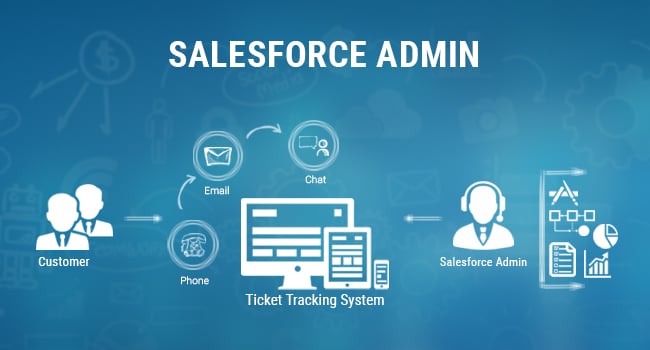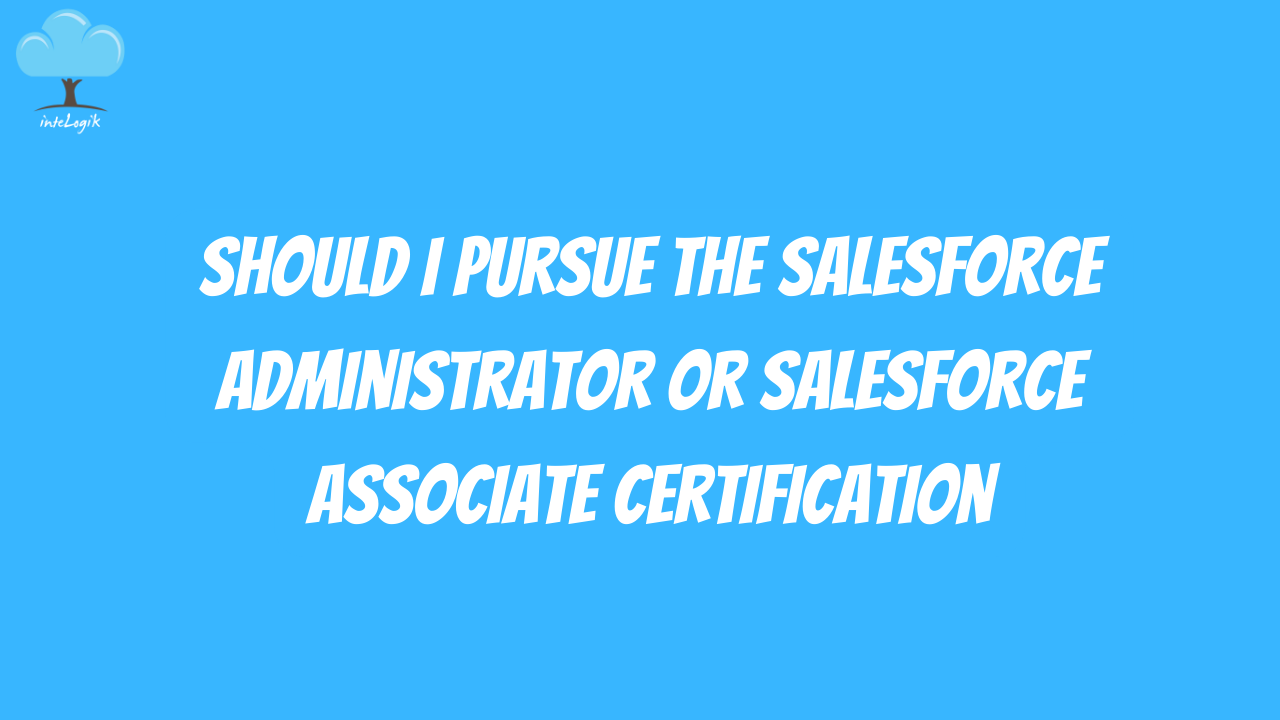Enhancing the efficiency of automated tests and establishing a secure login process for Salesforce without using a verification code or multi-factor authentication (MFA) requires careful planning and adherence to security principles. Here’s a summarized approach:
Firstly, consider using a trusted IP range or coordinate with Salesforce support to whitelist your test environment’s IP address. This will exempt your tests from MFA requirements. Alternatively, create a dedicated user profile for testing purposes, limiting its permissions to reduce security risks.
Implement OAuth or Single Sign-On (SSO) for authentication, ensuring that sensitive login credentials are securely stored. Implement logic in your tests to limit login attempts, preventing MFA lockouts.
Continuously monitor and test your automated login process, adapting to any changes in Salesforce’s security policies. Secure your testing environment with proper network security, patch management, and access controls.
Document your testing process and any MFA bypass exceptions, adhering to your organization’s security policies and regulatory requirements. However, it’s crucial to consult with your organization’s security team and Salesforce support before bypassing MFA, as it can weaken security and should only be done when necessary, with robust controls in place to mitigate risks.



